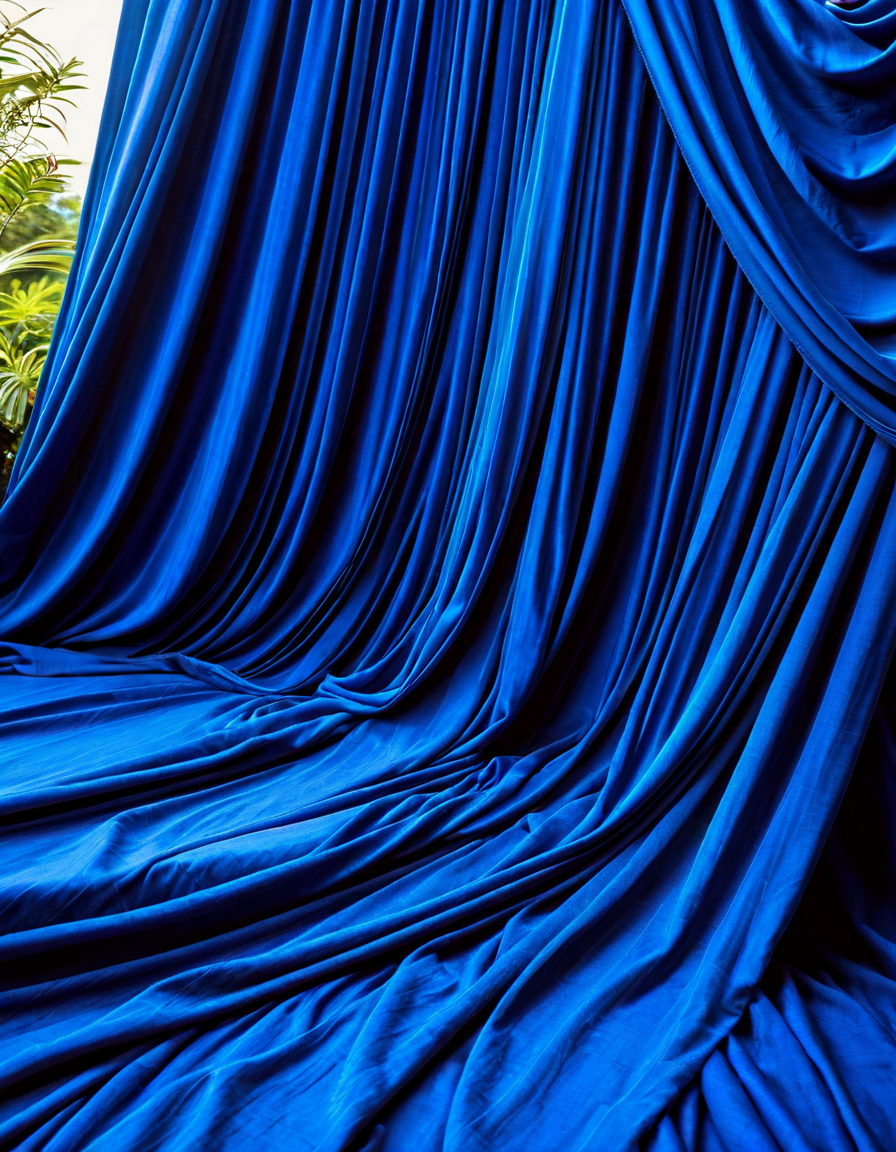When talking about women’s anatomy, the areola often doesn’t get its due. This circular area, colored differently from the rest of the breast, is more than just a visual feature. It’s fascinating and complicated, playing a significant role in both physiological functions and aesthetic appreciation. Let’s dive into this intricate part, exploring its anatomy, roles in health, cultural significance, and much more.

The Intricacies of Areola Anatomy
The areola comprises pigmented skin that surrounds the nipple, teeming with blood vessels and nerve endings. These features enhance its sensitivity and functionality, which is crucial for breastfeeding. When an infant suckles, the stimulation of the areola activates milk letdown, a process that’s essential for nursing. This connection underscores the areola’s importance not just in maternal health but also in bonding between mother and child, making it a central anatomical feature deserving of exploration.
In addition to its role in breastfeeding, the anatomy of the areola varies widely among women. Factors like genetics, age, and hormonal changes can all contribute to differences in size, shape, and color, which can range from light pink to deep brown. Areola diversity does not just reflect genetic variance; it also symbolizes the varied experiences of women.
This anatomical diversity sends a clear message that beauty isn’t uniform. Given that societal standards of beauty tend to be narrow, understanding the natural variance in the areola can help promote self-acceptance and body positivity among women of all backgrounds.

The Top 5 Fascinating Roles of the Areola in Women’s Health
Understanding the areola goes beyond anatomy; it opens up discussions about health and societal perceptions. Here are five remarkable functions and implications you might not have considered:
The structure of the areola significantly aids in breastfeeding. It helps infants latch correctly due to its texture and color variations. Research published in Pediatrics shows that mothers can successfully nurse despite differences in their areola sizes and colors, showcasing the adaptability of human anatomy.
The areola can act as an indicator of hormonal changes. Variations in size, color, and sensitivity are notable during menstruation, pregnancy, and lactation. For example, during pregnancy, many women notice that their areolas darken — a natural adaptation aimed to enhance visibility for babies.
In recent years, the look of the areola has come under the spotlight, influencing beauty standards and personal perception. Brands like Natori and ThirdLove emphasize diverse areola shapes and sizes in their bra marketing, striving to empower women to embrace their natural forms.
Any changes in the areola’s appearance can indicate health concerns, like hormonal imbalances or even breast cancer. Medical experts often advise women to keep an eye on variations in color, texture, or size—a crucial part of proactive breast health.
The areola crosses into cultural and artistic realms. Prominent artists, including Isolde B. and Pearl, have highlighted areolas in their works. Their art challenges societal norms, provoking discussions about femininity and body positivity while celebrating the natural beauty of the female anatomy.

Areolas in Popular Culture: Representation and Misrepresentation
The portrayal of areolas in popular culture is a mixed bag. While there has been some progress, misunderstandings and hypersexualization continue to abound in movies and television. Iconic moments in shows like Chucky Season 3 express themes of empowerment, but often overlook the natural diversity seen in women’s bodies.
Campaigns like #FreeTheNipple fight against these stereotypes, advocating for more accurate and realistic representations of women’s bodies, including the stigmatized areola. Awareness and inclusion can ensure that people see beyond just sexualization, recognizing the beauty and complexity of female anatomy.

Innovations in Body Positivity: The Areola Tattoo Movement
Amidst these evolving narratives, the rise of areola tattooing has emerged as a powerful form of body acceptance, especially among breast cancer survivors. Organizations like the American Society of Plastic Surgeons promote this restorative procedure, allowing individuals to reclaim their bodies after mastectomies. It empowers women by transforming the areola into a symbol of resilience, femininity, and beauty.
This pioneering movement provides a means to boost self-esteem while highlighting the importance of the areola in a woman’s sense of self. Furthermore, by embracing body autonomy, this trend helps lay foundations for a broader acceptance and celebration of individual anatomy.

Exploring Areola Diversity: Understanding Natural Variations
Let’s not overlook the fact that areolas come in countless shapes, sizes, and hues, reflecting our genetic diversity. Research published in the American Journal of Human Biology tells us that these variations stem from various factors, including ethnicity and hormonal levels. Celebrating this rich variety not only promotes self-acceptance but reinforces the idea that beauty is multifaceted.
The more we explore and discuss the intricacies of areolas, the more we recognize them as representations of women’s unique experiences. Acknowledging these variations fosters a cultural dialogue that celebrates diversity, urging society to appreciate every unique form.
In summary, the areola is not just a mere anatomical feature; it embodies a complex interplay of health, culture, and self-perception. Understanding its role can reshape societal attitudes toward women’s bodies and encourage a positive conversation around anatomy. As both a physiological and cultural symbol, the areola deserves appreciation and enlightenment rather than stigma, allowing every woman to fully embrace her unique body. Embracing this awareness can foster not just appreciation but respect for all forms of women’s anatomy, paving the way for a society that celebrates diversity and beauty in every form.
Areola: Fun Trivia About Women’s Anatomy
The Colorful World of the Areola
Did you know that the areola comes in a range of colors, from pale pink to rich brown? This variety is influenced by several factors, including genetics and hormonal changes. Interestingly, the color can even change during pregnancy or breastfeeding, signaling a woman’s body’s readiness for nurturing—a fascinating aspect often highlighted by resources like Inova. Beyond its biological significance, the areola has cultural meanings as well, appearing in art and media that resonate across different societies. For instance, art pieces often celebrate the beauty of the female form, much like the stories surrounding figures such as Trevor Engelson, who explore identity and culture.
Sensitivity and Stimulation
The areola is also packed with nerve endings, making it highly sensitive and responsive to touch. Many women find that stimulation in this area can heighten arousal, showcasing its role in intimacy. It’s quite interesting that different preferences shape how people engage with this sensitivity, similar to how seeking arrangement dynamics can play out in relationships. Each woman’s experience with this part of anatomy adds to the rich tapestry of personal stories and orientations that define intimacy today.
Fun Facts and Surprising Secrets
Here’s a quirky tidbit for you: did you know that the areola can vary even in size from one breast to another? It’s perfectly normal and adds to the uniqueness of each individual. Reflecting on the uniqueness of each person’s anatomy, you might ponder how elements like personal style, just like fashion choices influenced by Envia, show that beauty comes in many forms. Moreover, in popular culture, the areola often finds itself as a topic in humorous contexts, much like the antics characterized by artists such as Pooh Shiesty, who remind us that life can be both serious and delightfully silly.
With all these captivating facts, it’s clear that the areola is worthy of more than just a passing glance. It stands as a stunning example of the human body’s complexity, inviting curiosity and appreciation. Whether it’s the playful nature of how our bodies function or the cultural conversations surrounding femininity, there’s much more to discover about the areola. Embrace this knowledge, and you’ll find a deeper appreciation for the intricacies of women’s anatomy.

































